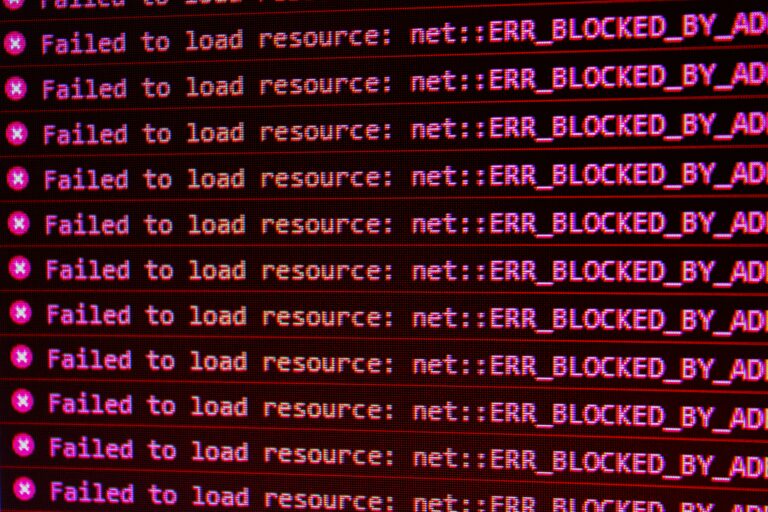While writing my recent article about the intersection of our personal and professional lives, I had an unfortunate reminder of the criticality of implementing a robust backup strategy for our digital files at home.
In my article, I shared a picture of the deck we were constructing. However, when I attempted to locate the completed deck photos, I quickly was reminded why I could not find those files.
At the time, life was filled with joyous moments, including building our dream house, getting married in Jamaica, and making progress in our careers. To support our expanding digital footprint, I had wisely arranged for Cat5 cables to be installed throughout the rooms, leading to the “server” closet in the upstairs office. There, I built a server of my own, a modest but satisfactory solution for our needs. Running on Windows, it had a primary drive with nightly backups to a secondary drive. I believed I had covered all my bases.
However, a few months later, disaster struck—the primary drive failed. Although I had backups in place, I had not been vigilant in monitoring them. If I had been, I would have discovered that I had used a smaller drive for backups, which had quickly filled up, causing the nightly backups to fail due to insufficient disk space. It was a painful realization.
I spent weeks and invested several hundred dollars in additional drives and software, desperately attempting to recover the lost files from the failed drive. In retrospect, it became clear that the money, effort, and stress I endured could have been avoided if only I had ensured a robust and monitored backup solution. Hindsight, with its 20/20 vision, taught me a valuable lesson.
Fortunately, the lost photos mainly captured the completion of our house, predating the arrival of our children. Nonetheless, I deeply regretted losing those memories. Moreover, as someone aspiring to become a future IT leader, it was particularly embarrassing to have overlooked such a straightforward solution.
A more recent incident served as a reminder of the importance of my past experiences. Our home Network Attached Storage (NAS) device failed unexpectedly (think fried circuit board), and my backups were stored on an external drive that was several months old, along with a cloud solution. However, the cloud service required the original drives for comparison, making it impossible to recover the files until I had a functioning machine again. Eventually, we acquired a new NAS, but for a few days, I experienced the stress and worry that my backups might not be sufficient to rescue us from the situation. Thankfully, no files were lost, but it did cost me time, a few more grey hairs, and reinforced the need for an even stronger backup strategy.
This journey has imparted several valuable lessons, and I continue to learn from it. It serves as a constant reminder of how our personal and professional lives intersect in unexpected ways:
🔹 Locating the server upstairs was not a wise choice in terms of fire safety. It has since been relocated to the basement.
🔹 Your backup strategy needs to be multi-layered with independent solutions that cannot all be impacted by the same event – flooding, fire, electrical surge, hardware failure, etc.
🔹 Relying solely on cloud storage has limitations and should be integrated as part of a comprehensive backup strategy.
🔹 As the sysadmin of your own home system, it is crucial to meticulously plan and execute your backup strategy. Few feelings are worse than informing your significant other that several months’ worth of cherished photos have been permanently lost.
May my experience serve as a reminder to all of us to take proactive steps in safeguarding our precious digital memories.
#photos #digitalassets #digitalpreservation
Originally posted on LinkedIn on June 20th, 2023
Image credit – https://unsplash.com/@chuttersnap










